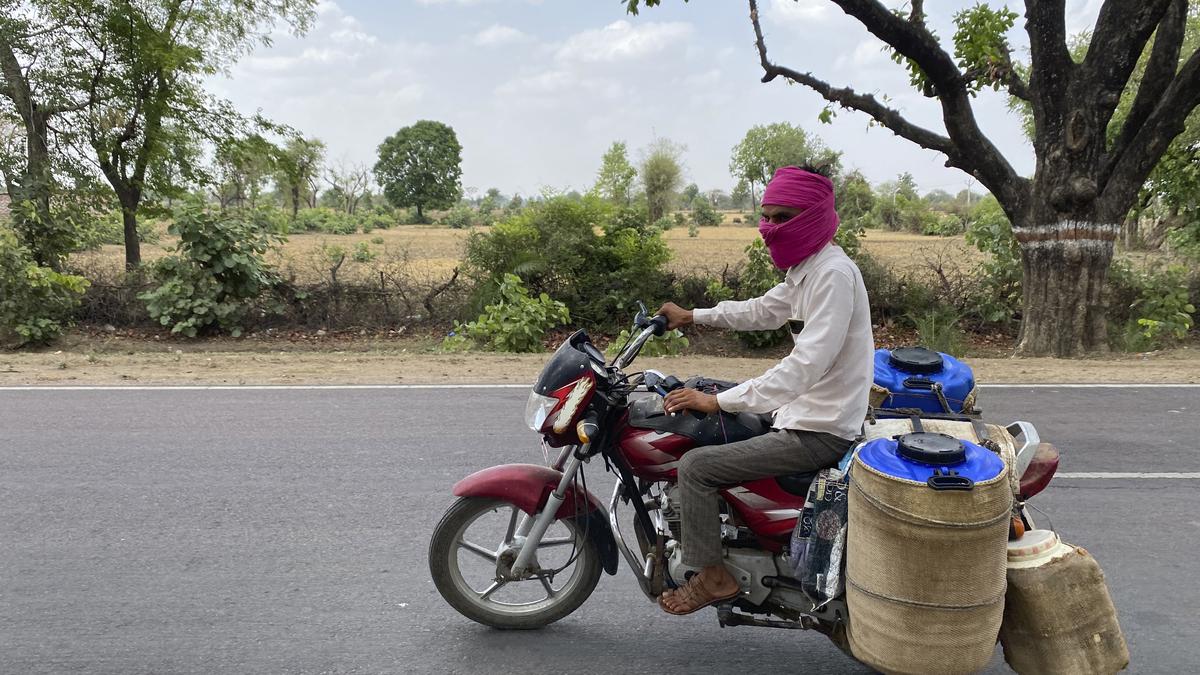
Explained | Was India’s hot summer of 2023 the first of many to come? Premium
The Hindu
A recent report from the India Meteorological Department (IMD) indicated an increasing trend in the number and duration of heatwaves, based on data from the months of March to June from 1961 to 2020. This year, heatwaves started as early as on March 3, and many areas reported temperatures that were higher than average.
It will be fair to say that many of us are looking forward to the monsoon season this year, eager to put behind us one of the hottest summers ever on record. With each passing year, India has been experiencing more and more instances of severe heatwaves, rendering these months more and more dreadful.
A recent report from the India Meteorological Department (IMD) indicated an increasing trend in the number and duration of heatwaves, based on data from the months of March to June from 1961 to 2020. This year, heatwaves started as early as on March 3, and many areas reported temperatures that were higher than average.
The number of days with temperatures exceeding 30 degrees Celsius has also increased of late. While a temperature of 33 degrees Celsius was recorded between 1961 and 1990 for around 70 days every year, from 1991 to 2022, this temperature was recorded for 89 days a year. It thus became the new normal.
The concept of the ‘new normal’ vis-à-vis climate change refers to long-term changes in weather patterns and climatic conditions that are expected to or have become more frequent because of climate change.
The number of hot days from 1961 to 1990 and from 1991 to 2022
Climate change is increasing both the frequency and the intensity of extreme weather events. In India, for one, normal monsoon patterns have given way to, among others, delayed onset, short but intense bursts of rain, and delayed withdrawal. Some weather events have also become drier and others wetter thanks to the effects of climate change on the water cycle, which leads to more evaporation and eventually causes more precipitation. Some areas also experience heavier than normal precipitation while others are becoming prone to unexpected droughts.
The U.N. Intergovernmental Panel on Climate Change’s Sixth Assessment Report warned of prolonged rain-free periods along with excessive rainfall in many parts of the world. In recent decades, India has recorded several such extreme events.













